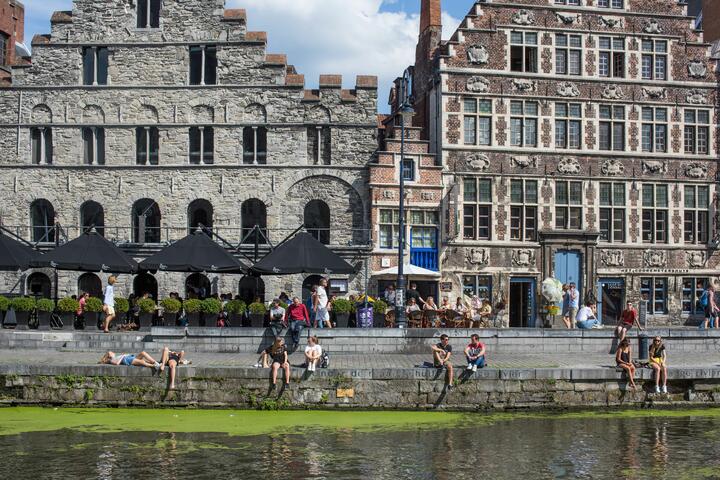Ghent over the centuries

Concise history of a stubborn city
The history of Ghent begins in the year 630 when St Amandus chose the site of the confluence (or ‘Ganda’) of the two rivers, the Lys and the Scheldt to construct an abbey. Nearly 1400 years of history are still palpable in the city today: a medieval castle surrounded by a moat, an imposing cathedral, a belfry, three beguinages... Nowhere else does one find so much history per square metre than in the historical heart of Ghent!








